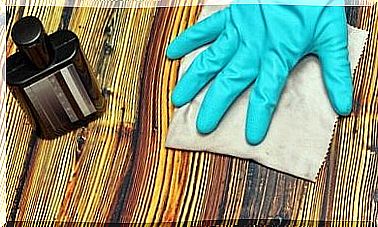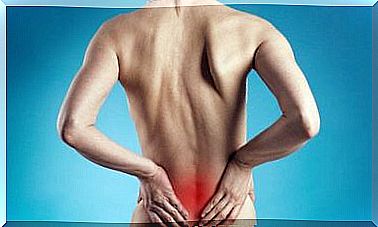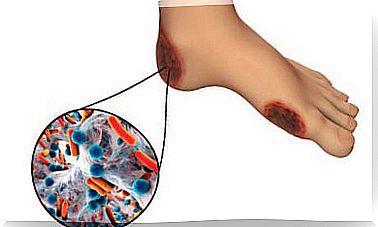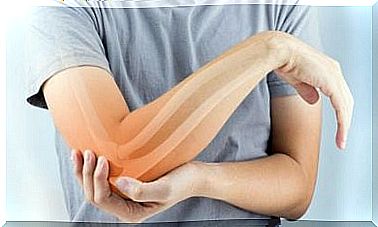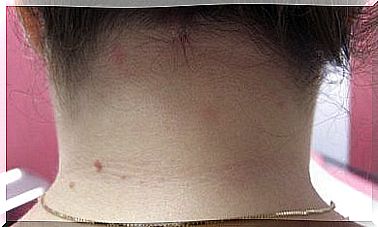Types Of Tests For Detecting Coronavirus
Today there are basically three types of tests for detecting coronavirus. The best known is the “quick test” which is very practical, but whose reliability is limited. Scientists are working around the clock to provide faster and more reliable tests.
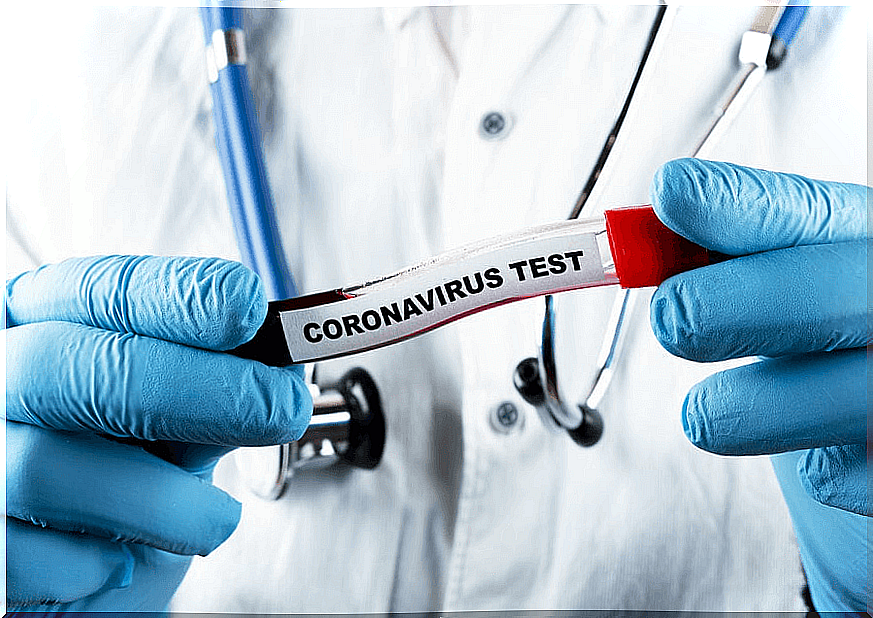
The issue of screening for the coronavirus is one of the most crucial in the context of the global pandemic. It is known that performing thousands of tests each day can help prevent the spread of infection.
However, scientists have encountered several difficulties in applying the different types of tests to confirm this disease. The most notable problem is that the most reliable tests take a long time to show results, while rapid tests have several flaws.
There are several advances in this regard and it is believed that the difficulty described has been largely resolved. It is also expected that by next winter a very effective and state-of-the-art screening test will be available. Let’s take a look at the types of tests that are applied today.
RT-PCR, one of the tests for the detection of the coronavirus
Of all the tests that can detect the coronavirus, this one is the most complete and the most reliable. So far, this is the one that has resulted in fewer errors in the final diagnoses and, therefore, the one recommended by the World Health Organization (WHO).
The test involves putting a cotton swab, usually in the nose, although sometimes it is also done in the throat. A sample is thus taken, which is then sent to a specialized laboratory. It takes about 10 minutes to collect the sample, after which the virus is inactivated in a process that takes 10 to 15 minutes.
The genetic material is then removed from the sample for processing in special equipment. The whole process takes about 4 hours, this time being its main drawback. Scientists are currently working on ways to shorten the duration of this test, and it is believed that tests lasting only an hour will be available soon.
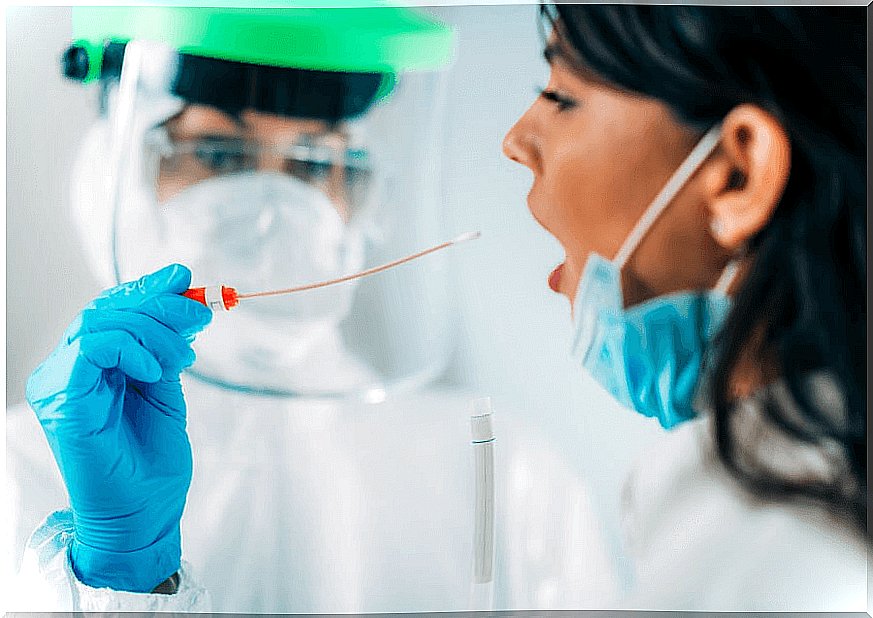
You may also be interested in this article: Treatments Used for Coronavirus
Tests to detect the coronavirus: the antigen test
It is the fastest test to detect the coronavirus. It has therefore been widely applied all over the world. The weakest point of this test is its reliability. On the one hand, some of the manufacturers have had deficiencies in the production of these tests; on the other hand, it is not very effective in cases where the virus is incubating. It usually requires a second test.
This test works the same way as pregnancy tests. As in the previous case, the samples are taken from the nose or throat, but this time they are placed on a strip of paper. Then we wait for the band to reflect colored bands, which will indicate whether the result is positive, negative or inconclusive.
The antigen test takes 10 to 15 minutes. It is reliable when the patient has a high viral load. It is estimated that the sensitivity of this test is only 30%, which can lead to false positives or false negatives. The good thing is that it can be done at home, with medical supervision.
The serological test
In proportion, this test is similar to the one used to find out a person’s blood type. A blood test should be taken, but a small amount is sufficient.
As with the antigen test, the sample is placed on a paper strip, which stains in the presence of antibodies that the body of an infected person produces to fight the virus.
This is a very quick test, which takes no more than 10 to 15 minutes. Its reliability is limited, because a patient does not develop antibodies until six to eight days after being infected. It also does not say if the person is still infected or if they are already immune to the virus. It is mainly used for epidemiological studies.
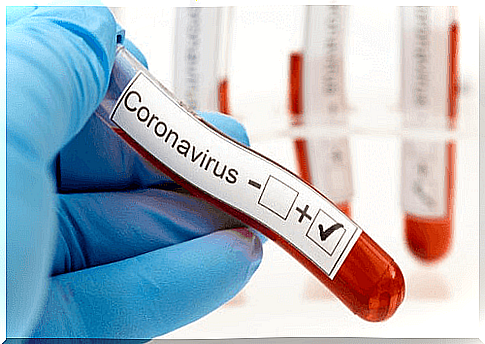
Nanotechnology test on an optical biosensor
This is a test still in the testing phase, although already advanced. It is a biosensor, similar to those used by diabetics to measure their sugar levels. Such a biosensor is about three centimeters long and contains a special chip.
The test involves passing a sample from the patient through the chip. If this sample contains the SARS-CoV-2 virus, there will be a change in the luminous properties of the device. The total duration of the test is one hour: half the time to establish the diagnosis and the second part to confirm the result.
One of the advantages of this test is that it would not require highly specialized personnel to perform it. It also promises to give very reliable results. However, it is estimated that it will not be available until the end of 2020.
